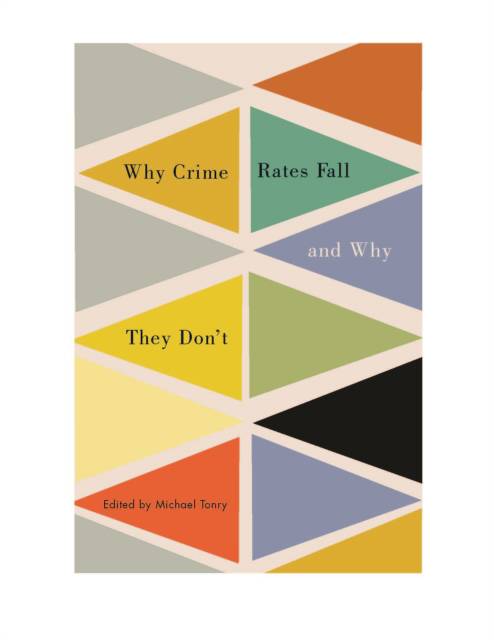
- Retrait gratuit dans votre magasin Club
- 7.000.000 titres dans notre catalogue
- Payer en toute sécurité
- Toujours un magasin près de chez vous
- Retrait gratuit dans votre magasin Club
- 7.000.0000 titres dans notre catalogue
- Payer en toute sécurité
- Toujours un magasin près de chez vous
Description
Rates of violent and property crime in Western countries have been falling since mid-1990s, after rising in the 1970s and 1980s. The implication is that something other than mass imprisonment, zero-tolerance policing, and "three-strikes" laws must explain why crime rates are falling. This book explores the possibilities cross-nationally.
Spécifications
Parties prenantes
- Auteur(s) :
- Editeur:
Contenu
- Nombre de pages :
- 512
Caractéristiques
- EAN:
- 9780226208633
- Date de parution :
- 07-03-15
- Format:
- Livre relié
- Dimensions :
- 163 mm x 244 mm
- Poids :
- 858 g

Les avis
Nous publions uniquement les avis qui respectent les conditions requises. Consultez nos conditions pour les avis.






